

Investing in a wooden shed can be a wise decision for homeowners seeking additional storage space, a tranquil workspace, or even a unique architectural feature for their gardens. But understanding the true cost of wooden sheds involves a series of important considerations. From initial pricing and materials to unexpected expenses and investment strategies, there’s much to explore. Trusted industry sources like Hinton Buildings, renowned for their exceptional customer service and years of experience, offer invaluable insights. As you embark on this journey, let us guide you through the complexities that determine the real cost of a wooden shed.
Making a wooden shed part of your property is an excellent step for those looking to enhance their outdoor space. However, the journey to understanding its true cost goes beyond just the price tag. Basic models start at approximately $2500, climbing to over $20,000 for larger, more elaborate structures.
Hinton Buildings, established in 2015, has been a guiding star for homeowners and businesses alike. They emphasize that understanding how pricing works is crucial for making an informed purchase. The advertised cost is often an initial figure, potentially subject to adjustments based on customizations, delivery fees, and installation. Thus, it’s wise to factor these into your budget from the outset to avoid surprises.
Equally, it’s essential to consider longevity and maintenance. A more expensive shed constructed from high-grade materials may indeed be a cost-saving measure over time due to lesser maintenance requirements. Understanding these dynamics is key to deciphering the long-term investment of your shed.
Remember, while it might be tempting to opt for a cheaper model, balancing quality, durability, and price is the real compass guiding to a sound investment. By prioritizing these elements, you ensure you’re getting the most value for your money.
Showing 1–8 of 113 results
Default sortingSort by popularitySort by latestSort by price: low to highSort by price: high to low
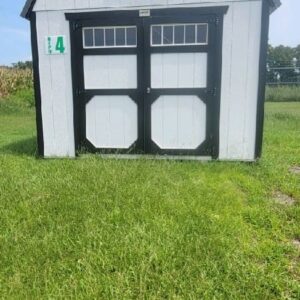 10% OFF
10% OFF$4,984.66 Original price was: $4,984.66.$4,486.19Current price is: $4,486.19.
Add to cart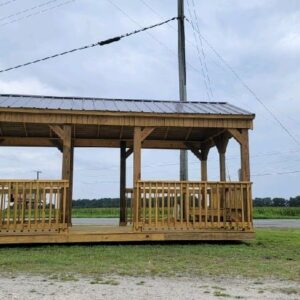 20% OFF
20% OFF$7,625.00 Original price was: $7,625.00.$6,100.00Current price is: $6,100.00.
Add to cart 20% OFF
20% OFF$6,150.00 Original price was: $6,150.00.$4,920.00Current price is: $4,920.00.
Add to cart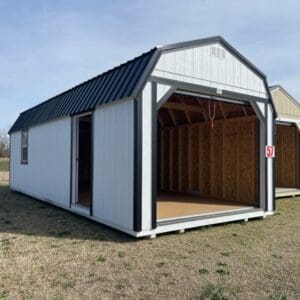 25% OFF
25% OFF$11,114.40 Original price was: $11,114.40.$8,335.80Current price is: $8,335.80.
Add to cart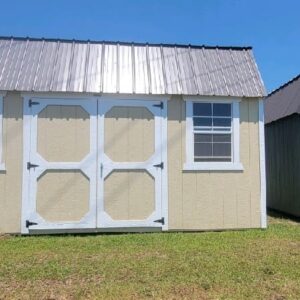 20% OFF
20% OFF$5,495.00 Original price was: $5,495.00.$4,396.00Current price is: $4,396.00.
Add to cart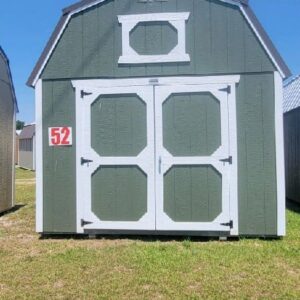 20% OFF
20% OFF$5,390.00 Original price was: $5,390.00.$4,312.00Current price is: $4,312.00.
Add to cart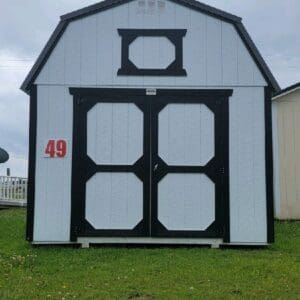 20% OFF
20% OFF$5,390.00 Original price was: $5,390.00.$4,312.00Current price is: $4,312.00.
Add to cart 20% OFF
20% OFF$6,435.00 Original price was: $6,435.00.$5,148.00Current price is: $5,148.00.
Add to cartThe price tag of your wooden shed is influenced by a myriad of factors that go beyond mere size. One significant factor is the type of wood used. For instance, cedar and redwood offer remarkable resistance to insects and rot, often translating to a higher upfront cost. Conversely, pine and fir are more economical but may require treatments for longevity, nudging up the maintenance expenses over the years.
Beyond materials, the construction method plays a vital role. Prefabricated sheds are typically less expensive due to streamlined manufacturing processes but may lack customization options. On the other hand, custom-built sheds, while costlier, provide flexibility in design, ensuring the end product meets specific needs and aesthetic preferences. Brands like Hinton Buildings excel in guiding customers through these options, offering expert advice tailored to individual requirements.
The local climate also can’t be forgotten. Areas prone to harsh weather conditions require sturdier constructions, and in turn, higher costs. Preparation for such elements is crucial in ensuring your shed withstands the environmental pressures over time.
Finally, consider local building codes and zoning regulations, which may necessitate additional costs for permits or specific structural modifications. Being aware of these factors aids in avoiding unplanned expenses and legal hurdles down the road.
Materials are the backbone of any shed, directly impacting its durability, aesthetics, and price. Hinton Buildings consistently recommends matching material choice to the intended function and location of the shed.
Wood, the traditional favorite, provides a natural and classic look, melding seamlessly with garden landscapes. Cedar and redwood, though pricier, deliver unmatched longevity and resistance to elements without extensive upkeep. Meanwhile, plywood and treated lumber are budget-friendly alternatives that can be visually appealing when painted or stained, though they may demand more in terms of maintenance.
In more humid or insect-prone regions, opting for metal-framed sheds might be advisable. Metal, though traditionally associated with industrial uses, has gained popularity in residential settings for its robustness and low maintenance. The choice between wood and metal should align not just with budget, but with the climate and intended use.
Composite materials are becoming an increasingly attractive option, balancing the charm of wood with the maintenance ease of synthetics. While they may carry a higher initial cost, they often prove efficient in long-term savings on upkeep.
The nuanced choices in materials mean a thorough understanding and comparison can save money, enhance functionality, and ensure the shed isn’t just a purchase, but an investment.
When deciding between a prefab or custom shed, understanding the cost dynamics is critical. Prefabricated sheds generally offer a faster, less expensive route. They arrive ready to assemble, minimizing installation times and labor costs. Hinton Buildings suggests this route for those on tight budgets or requiring a quick, hassle-free addition to their property.
Custom sheds, however, come into play when personalization is paramount. While they demand a higher financial outlay, the opportunities for specific adaptations—be it for unusual garden layouts, specific storage requirements or particular aesthetic tastes—justify the expense for many homeowners. The additional expense often reflects not just in size or design but in the choice of materials, with customized options allowing for higher-grade materials to be selected.
Moreover, custom sheds offer the chance to incorporate environmental considerations such as maximizing natural light or improving insulation—features which may not be available in standard prefab options. Such modifications may reduce energy costs associated with operating the shed, balancing the initial investment over time.
In summary, neither option is inherently better, but each serves different needs and budget constraints. Evaluating your priorities and financial means will aid in making the right choice for your circumstances, ensuring a valuable addition to your property rather than a regrettable expense.
While the initial sticker price of a shed is a primary consideration, there are several hidden costs that can easily tip your budget. Transport fees, especially for larger models, should be accounted for from the start. Installation, whether professional or DIY, also incurs its own costs, with labor expenses running higher for custom options.
Maintenance and potential repairs also add up over the lifespan of the shed. Wood treatments, repainting, and pest control can be recurring expenses, particularly for sheds constructed from softer woods or located in harsher climates.
Permits could pose unexpected complications. Some jurisdictions demand permits even for smaller structures, incurring fees and potential fines if overlooked. Here, local knowledge from trusted advisors like Hinton Buildings proves invaluable, helping navigate regional requirements effectively.
Insurance is another overlooked aspect. Homeowners should verify whether their shed is covered under existing policies or if separate coverage is necessary, especially for high-value, custom-built structures.
By preemptively budgeting for these costs, homeowners can avoid unpleasant financial surprises, ensuring the joy of acquiring a new shed remains intact.
To maximize the value of your shed investment, strategic decision-making is crucial. Start by assessing your needs accurately, considering the shed’s purpose and necessary size. This prevents over-investment in unneeded features or dimensions, aligning cost with actual utility.
Opting for durable materials, while possibly incurring higher initial costs, will pay dividends in longevity and reduced maintenance. Consult with experts like Hinton Buildings, who can provide tailored recommendations based on years of industry experience.
Second-hand sheds might appeal financially, but weigh this against potential refurbishment costs. Instead, consider phased customization as an investment grows, allowing for financial flexbility and periodic enhancements according to immediate needs and budget.
To enhance long-term value, focus on multi-functionality. Equipping your shed with electricity or modifying it for year-round use can increase its utility and thus its return on investment. Maintaining a detailed care regimen similarly protects your investment, prolonging the shed’s life and thus its value.
In conclusion, maximizing value is about balancing immediate cost with long-term satisfaction. With the right strategies, your wooden shed becomes more than a building; it transforms into a cost-effective addition that enhances your property’s value and utility.
Embarking on the journey of investing in a wooden shed should not be taken lightly. By understanding the true costs, considering material and construction options, and recognizing potential hidden expenses, homeowners can make informed, strategic decisions. With expert advice from trusted companies like Hinton Buildings, the path becomes clearer and more manageable. Ultimately, a well-considered shed purchase can enrich your home environment, proving not only as a storage solution, but also as a valuable asset tailored to your personal and property needs.
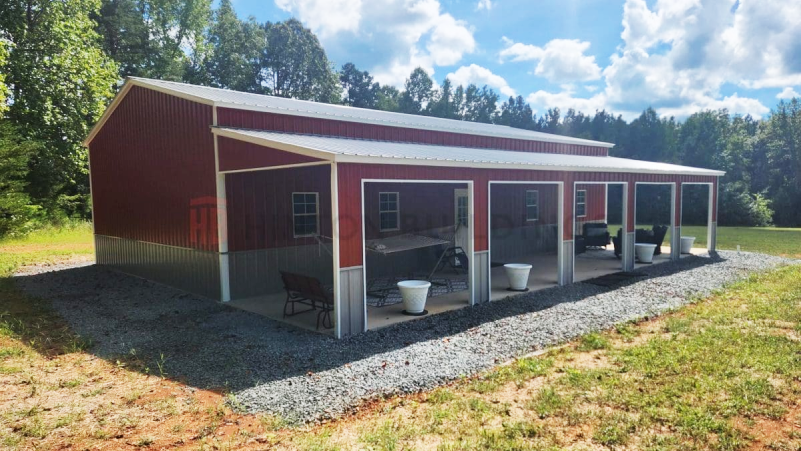
Copyrights © 2025 Hinton Buildings